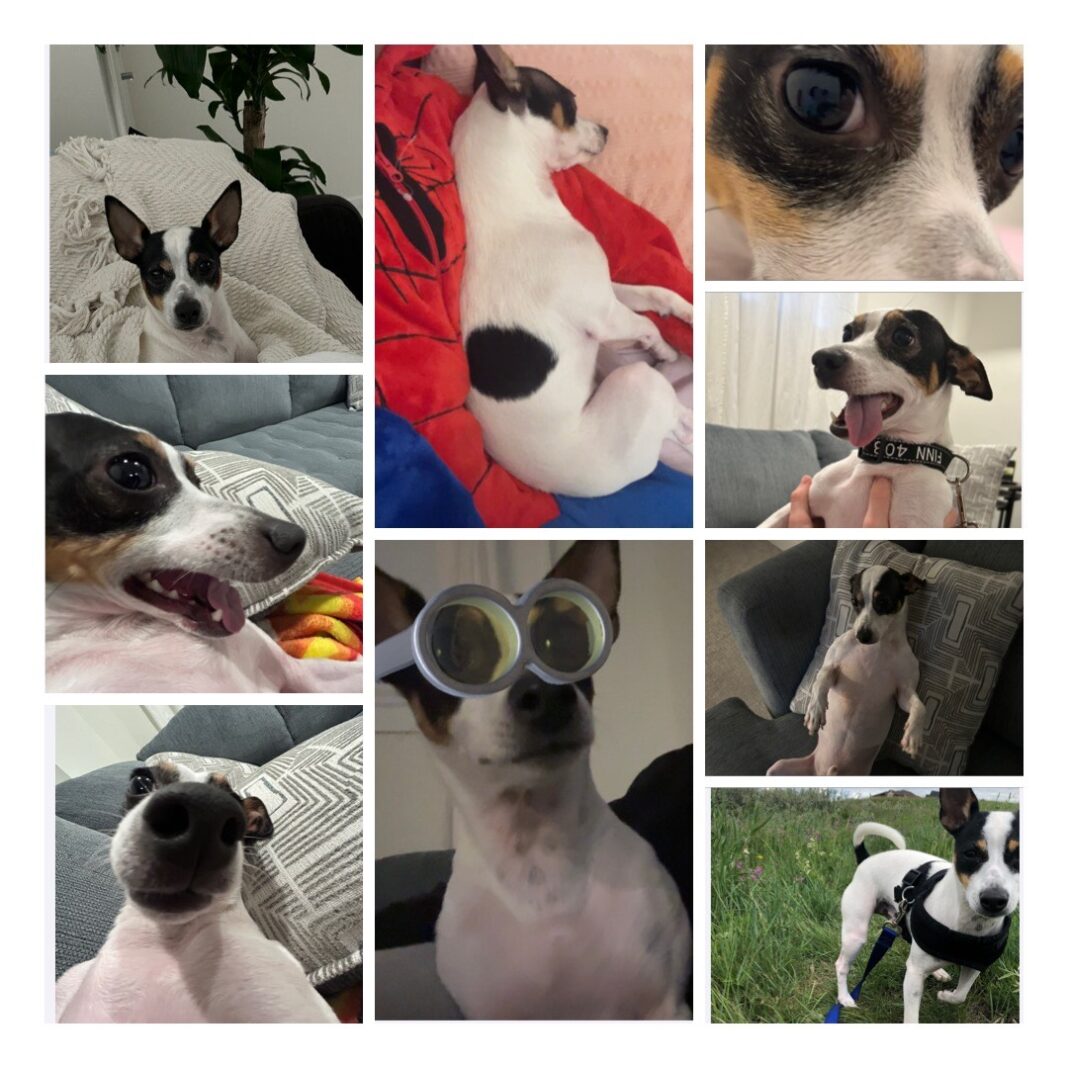Konrad Lorenz, an Austrian zoologist and ethologist, is considered to be one of the founders of the study of animal behavior, known formally as ethology. He became widely known for his development of the ‘imprinting’ theory, a captivating concept that brings attention to instinctive bonds between animals. An animal goes through a crucial stage called imprinting shortly after hatching or birth. Lorenz theorized that the first moving object the infants perceive, generally their mother, elicits an instinctual, maternal attachment in them. Scientists claim that imprinting can happen in as little as 30 minutes in some species.
So.. why do I love my dog so much?
Soon after Lorenz’s work, researchers found that oxytocin, the “feel-good” hormone, plays a major role in imprinting. It’s called the “feel-good” hormone because it’s released in response to social or romantic bonding, which triggers happiness. For instance, oxytocin levels spike while nursing which contributes to the creation of a mother-child bond in both parties. Most people regard their pets as members of their family, and according to the brain, we bond with our pets in the same way. Recent studies show that mutual gazes with one’s dog induce an increase in oxytocin levels in both parties. Consequently, our affection for our family and pets is interpreted by our brains via the same neural route. According to studies, people’s brains light up in the same areas when they view pictures of their dogs vs. their children.
Science tells us that the human-dog bond is mutual 🙂

